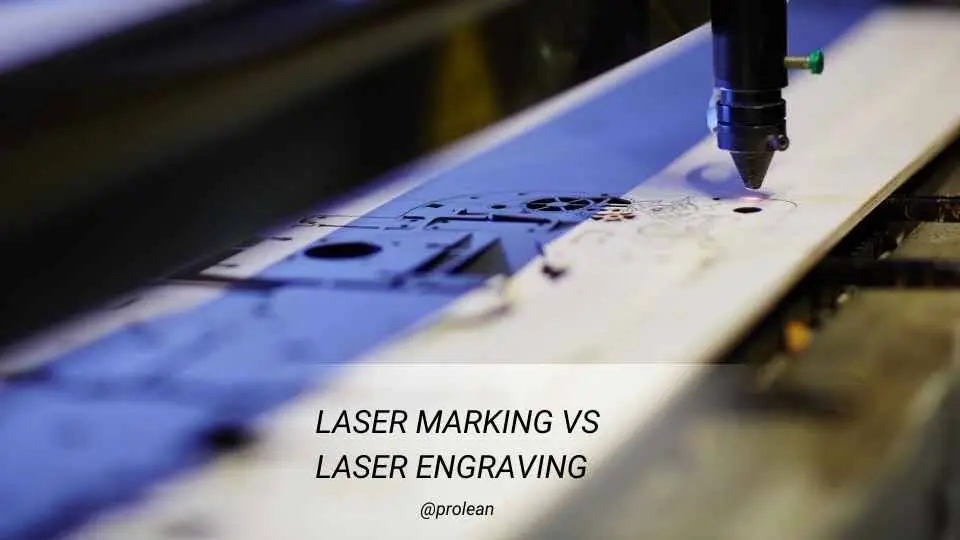
The manufacturing sector underwent a revolution with the introduction of lasers in the 1960s. Because technology reigns supreme in welding, cutting, and 3D printing. The technological applications of lasers continue beyond industrial production. Today, both hobbyists and large-scale manufacturers extensively use laser marking and laser engraving methods.
Laser engraving leaves a deeper, more permanent mark on the material surface. It creates a noticeable indentation, while laser marking creates a lighter, surface-level mark. Marking allows users to decorate pens, jewelry, and nameplates with intricate designs, while engraving helps design brand logos and patterns accurately. The permanent assignment of serial numbers, barcodes, and QR codes to components plays an essential role through laser markings because it enables the tracking of small details.
The purpose of part identification goes beyond organization. These measures follow government requirements, which enable accident and failure detection. Manufacturers in the automotive sector need to use labels on crucial components such as drive shafts, engine blocks, and brake discs. Moreover, aerospace manufacturers apply laser-marked circuit boards and turbine blades as well as landing systems and bolts. In the medical sector, marking serves as a crucial identification tool for marking forceps, scalpels, catheter connections, tubes, and implants.
Now you have cleared the essential distinction between laser marking and laser engraving since the two methods do not fall under the same category. Treated materials cannot reverse the effect of engraving or etching since these processes use lasers to create permanent marks while marking only labels materials without changing their actuality.
Let’s move forward to understand more about laser marking vs laser engraving.
What Is the Laser Marking Process?
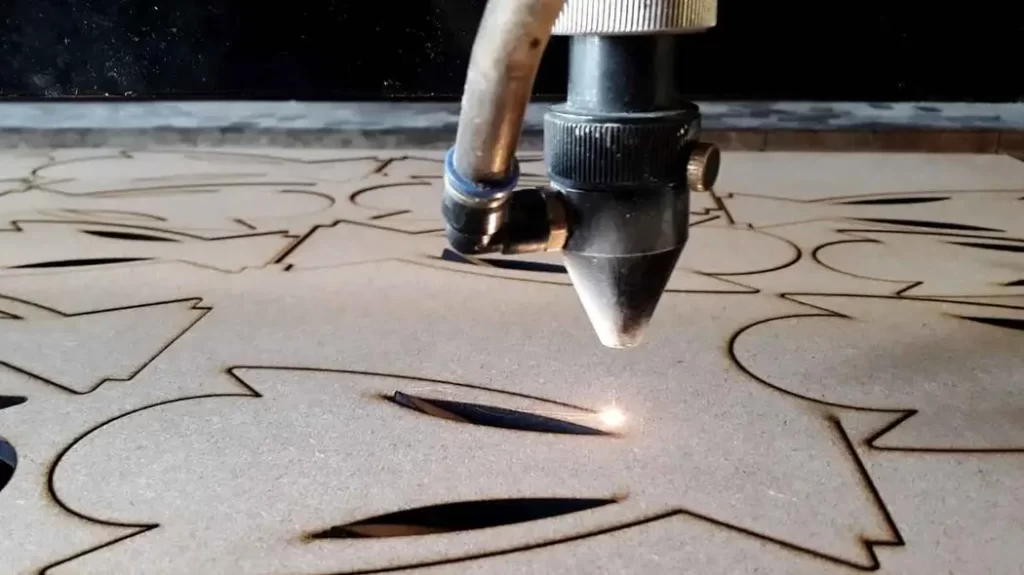
Laser Marking
The laser marking process maintains its alternative names, such as laser coloration, while also being known as charring and dark marking. Surface transformation through laser beam application leads to laser marking. The modified surface results from exposure to a low-powered beam. The marking operation results in high-contrast marks that leave no material damage. On plastics, it’s called “charring.” For metals, it’s often “annealing.” The laser marking processes consist of four basic operational types.
Laser Foaming
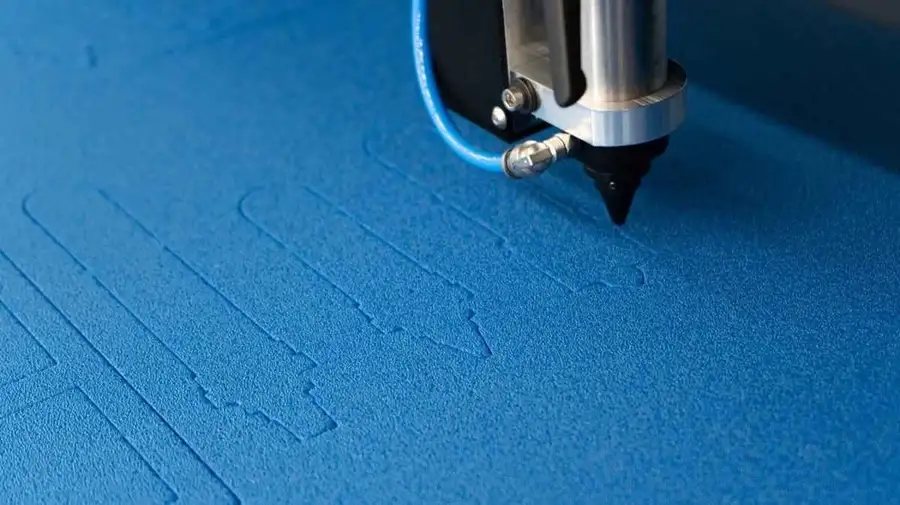
Laser Foaming
Through laser foaming, polymers experience heat to reach their melting point. The material surface develops foam-like bubbles because of heating conditions. The packaging industry, together with the automotive sector, frequently employs foaming procedures.
Laser Annealing
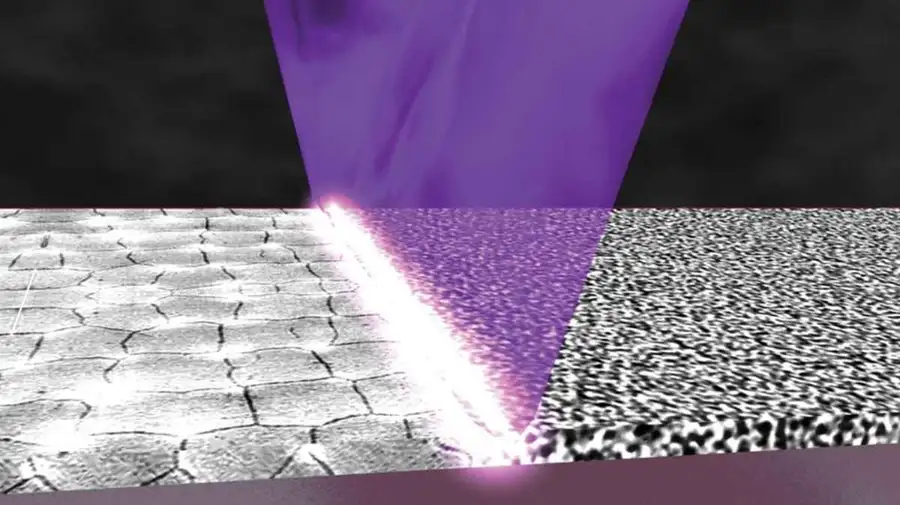
Laser Annealing
The laser annealing normally applies to steel and titanium metal surfaces. The laser application of heat enables oxygen molecules to penetrate the surface layers. As a result, the metal substance experiences color transformation as oxygen enters during its oxidation process, followed by the cooling period.
Laser Carbon Migration
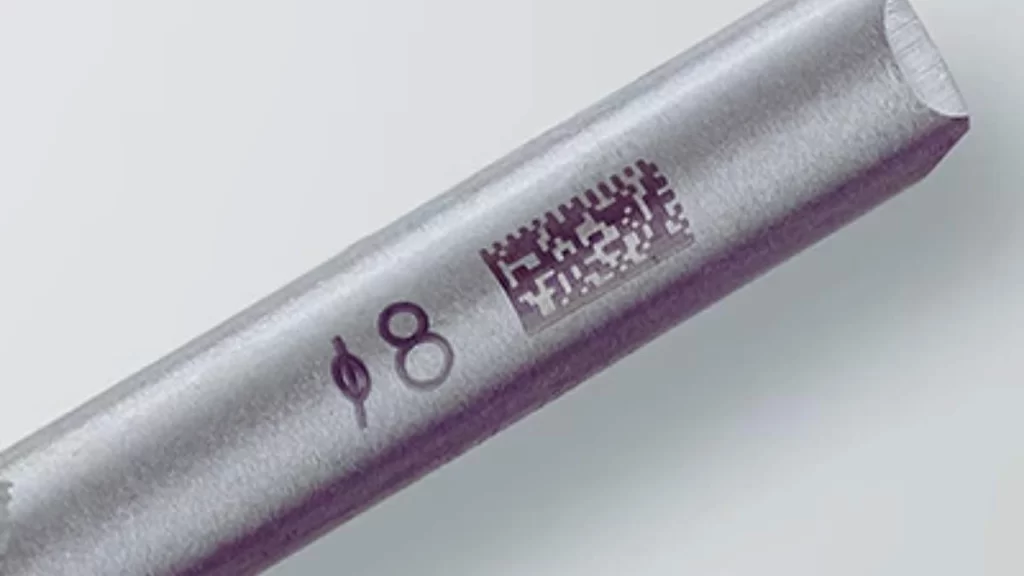
Laser Carbon Migration
It can be used to place legible information on both metals and their alloy counterparts. The laser process triggers carbon to move upward toward the surface material. This creates dark, high-contrast markings.
Laser Coloration
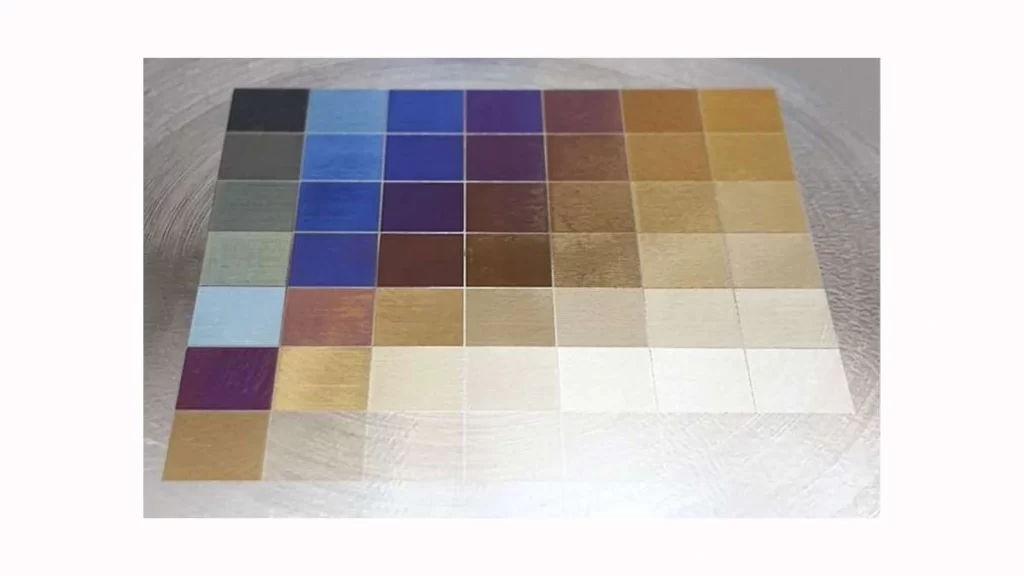
Laser Coloration
The process of laser coloration functions effectively on both metals and plastics. The heat treatment focuses on targeted sections depending on the required outcome. The color shades of the material can be adjusted through pulse frequency and width variations during the process. Several power settings are essential to accomplish this operation.
Try Prolean Now!
What Is the Laser Engraving Process?
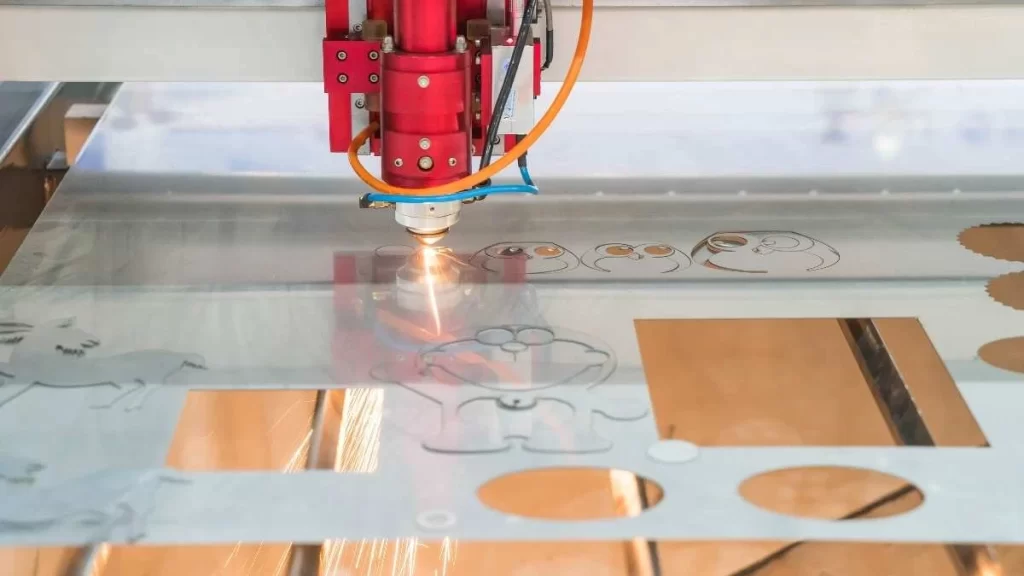
Laser Engraving
In laser engraving, the material is removed through a laser beam. It forms an image in a cavity, which it creates. The design is engraved and visible and can be felt by touch. The laser produces heat that vaporizes the material. Quickly, a layer is removed by each pulse. Deeper marks require multiple passes. Laser marking is a subset of engravement. For custom or commercial items, it is ideal for being faster.
But it isn’t best for use where safety is critical. The usual engraving depth is 0.020 inches. Graphite can allow up to 0.125 inches. However, engraving is compatible with several materials. Plastic, wood, leather, metal, and glass can all be engravable. Besides, laser engraving is better readable for small objects. It is good for jewelry and has more font choices. It also helps prevent damage or deformation.
Difference Between Laser Marking and Engraving
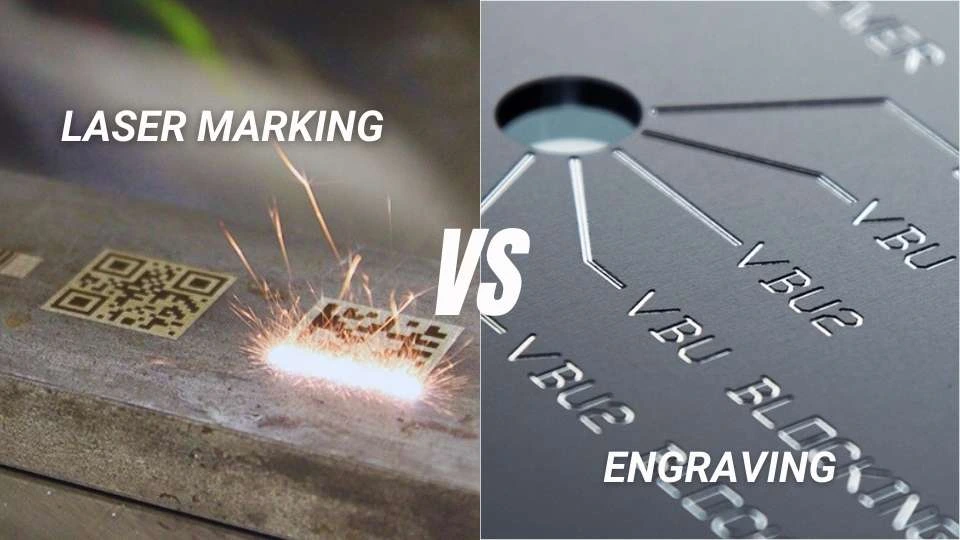
Laser Marking vs. engraving
Table: Laser marking vs laser engraving
|
Factor |
Laser Engraving |
Laser Marking |
|
Process |
Removes material through vaporization |
removing material (discoloration or oxidation) |
|
Cut Depth |
Typically up to 0.020 inches, depending on laser power |
No material is removed, markings are surface-level |
|
Cost |
Higher due to slower process and energy use |
More budget-Friendly due to less material interaction |
|
Material Compatibility |
Works on many materials but needs high power |
Suitable for materials metals, plastics, and ceramics, requiring less energy |
|
Durability |
Deep cuts make markings long-lasting and resistant to wear |
Less durable since markings stay on the surface |
|
Power Usage |
Requires more power for deep engraving |
Uses lower power for quick surface marking |
Key Considerations
Several factors determine the depth of the cut. There are contributions from laser power, energy intensity, and material properties. Nonreflective materials such as wood, leather, or plastics easily absorb the laser energy, making it easier to engrave or etch. In addition, fairly precise power adjustments are needed to engrave reflective materials such as metallic.
Choosing Between Laser Marking and Laser Engraving
For choosing the right technique for your cutting project, here are some of the common considerations to take into account:
- Material Type
- Depth of Marking
- Oxidation Risk
- Project Scale
- Production Volume
- Material Weakness
- Application Use
The processes of laser marking vs laser engraving appear similar, although they function in distinct applications. Your decision depends on factors related to materials and project specifications. Different materials exhibit varying resistance to engraving techniques. Since some materials become weak under exposure to the heating process. Oxidation develops from engraving operations although it might be regarded as a serious challenge. The distinctions between these techniques allow you to pick the most suitable option.
The material type alongside the selected marking scale determines the selection between the two processes. Laser engraving produces relatively effective deep custom markings. A system of batch processing works best when using laser marking technology to generate high contrast markings on large quantities of parts. The laser marking plastic makes better sense for putting precise markings on keycaps, switch panels, and automotive dashboards.
Try Prolean Now!
Laser Marking Vs Laser Engraving: Applications
The identification/marking process in many enterprises depends on laser technology. The law specifies that all items need distinct markings which can track their origins. The FDA made a regulatory order in 2013 to require every medical device to carry a unique device identifier (UDI) marking. All replacement and critical parts need to have identification marks according to specified regulations.
The advancement of modern technology has led to reduced laser engraving prices. Basic laser engraver models are priced under $500 and enable all customers to access them. Smaller companies and hobbies now frequently incorporate laser engraving into their operations. Laser equipment is widely used to mark personalized items such as jewelry and nameplates alongside promotional goods.
Applications of Laser Marking
The widespread adoption of laser marking occurs in various industries. Thanks to its ability to deliver precise results, durable performance, and high efficiency. The critical applications are outlined below.
Industrial Manufacturing
The laser engraving metal adds serial numbers, barcodes, marks dates, and implements batch codes on tool handles, nameplates, and engine components. The technique allows companies to brand their products and maintain product identification marks even on materials like high strength, plastic, and ceramics.
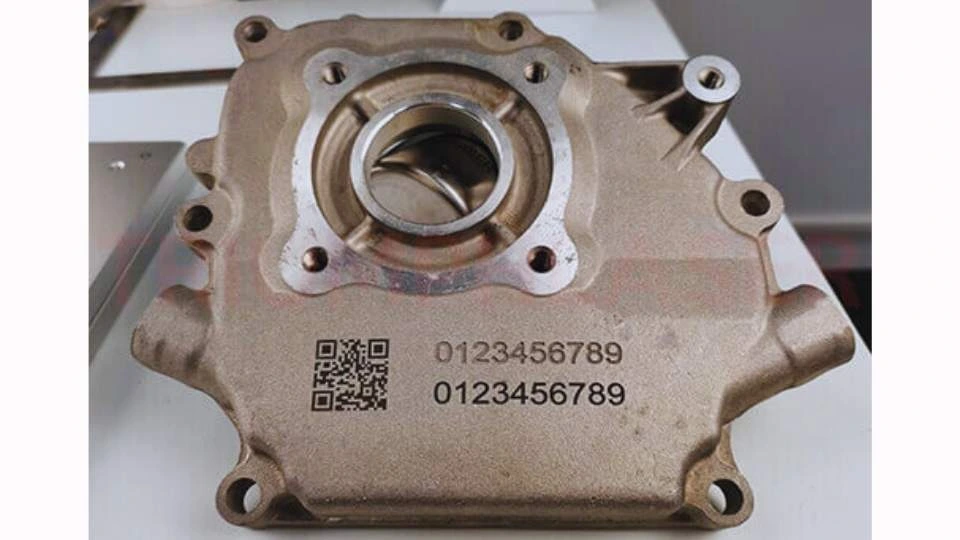
Laser Marked Motorbike Part
It enables automotive enterprises to identify their products through markers that establish traceability pathways and fight counterfeited parts. High-quality durable codes are applied by laser marking equipment to engine components along with chassis elements and glass surfaces.
Electronics Industry
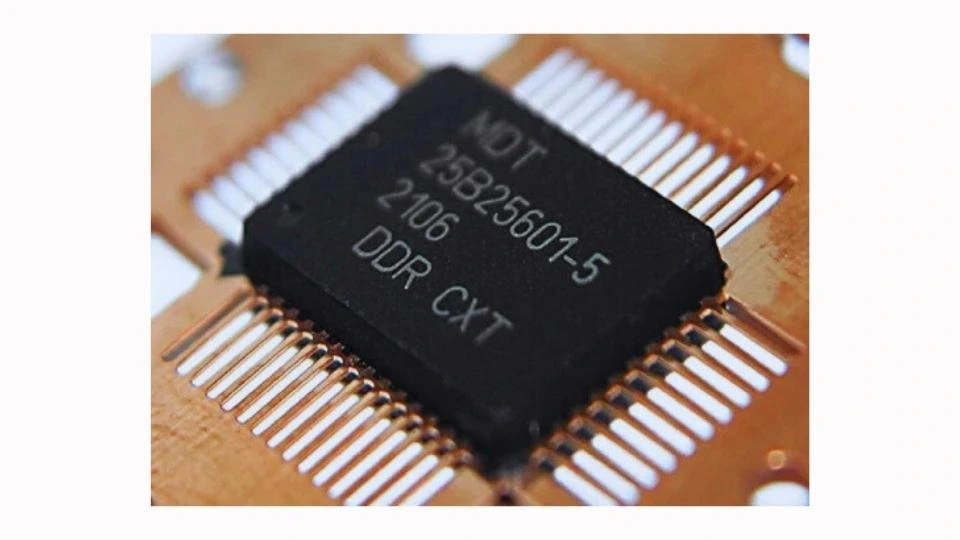
Laser Marked PCB Chip
Technical components, small electronic elements, and circuit boards receive exact markings through laser technology. The method allows identifying objects while tracking, and battling counterfeits without harming fragile components or parts.
Medical Instruments
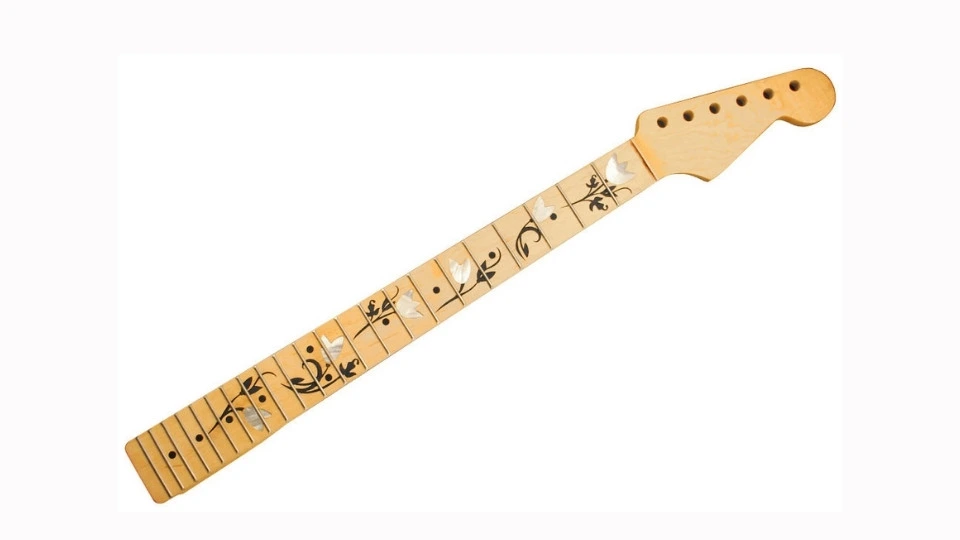
Guitar Part Laser Marked
The medical industry relies heavily on laser marking to provide permanent identification marks for central devices such as implants, surgical tools, and medical instruments. The markings show no degradation after sterilization while withstanding continuous product usage.
Aerospace Industry
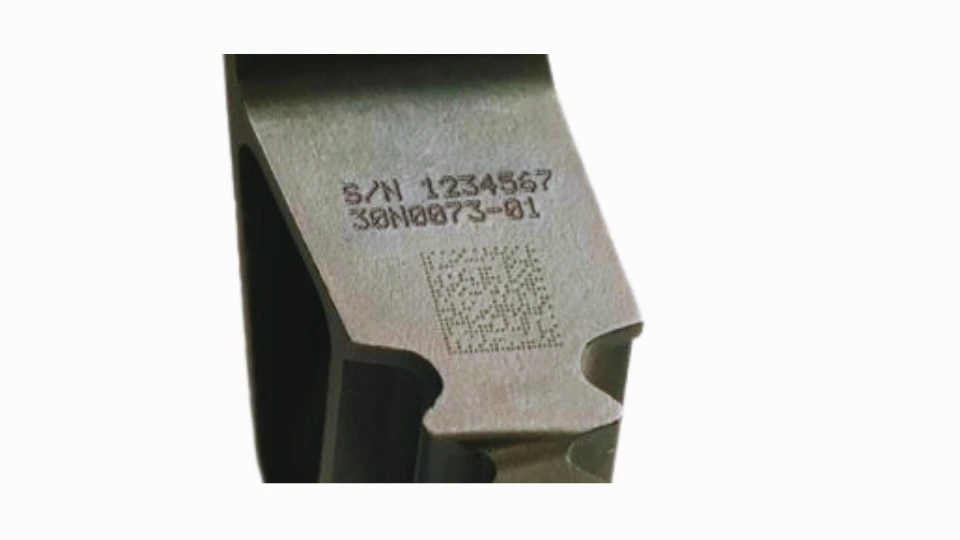
Aircraft Part Laser Marked
Aircraft and spacecraft components need laser marking processes to facilitate their identification as well as tracking. Even laser marking does not affect the readability of materials, even under extreme conditions.
Jewelry and Luxury Goods
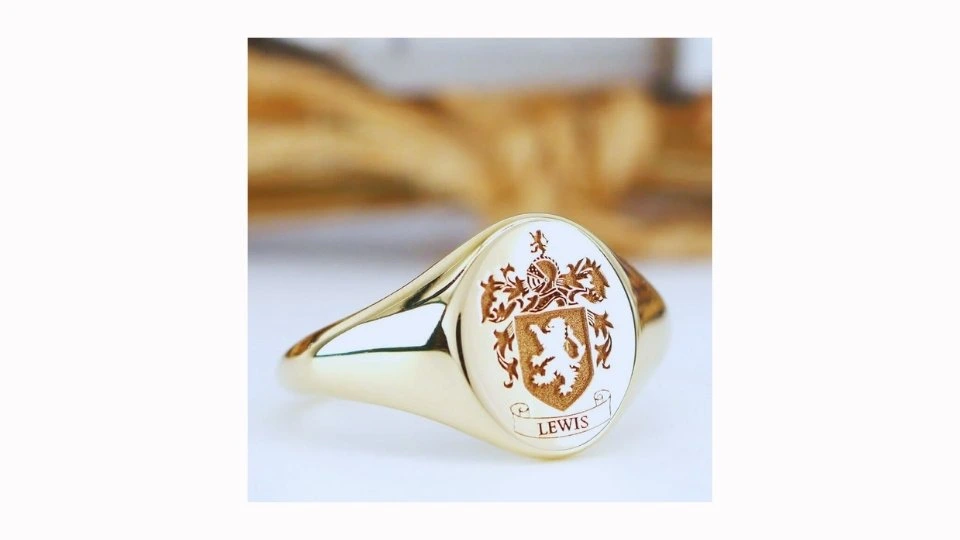
Laser Marked Jewelry Part
Through laser marking technology manufacturers can create permanent branding elements that protect both jewelry and watches and luxury designer accessories from counterfeits. The laser marking equipment produces complex, long-lasting markings on sensitive materials without causing any destruction.
Food and Beverage Packaging
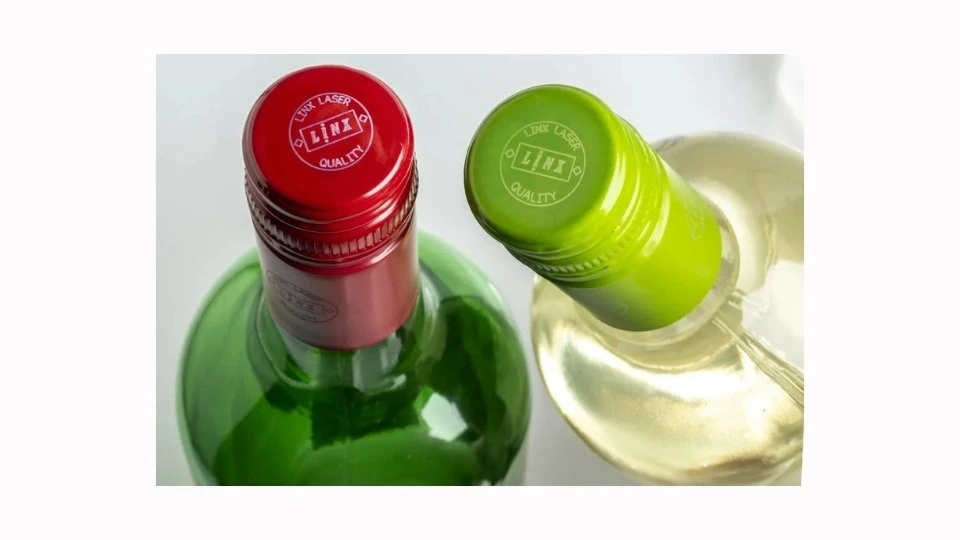
Drinking bottle Cap Laser Marked.
The packaging receives expiration dates batch numbers, and QR codes through direct laser printing operations. Food safety regulations are satisfied through laser marking while feigning remains prevented.
Construction and Building Materials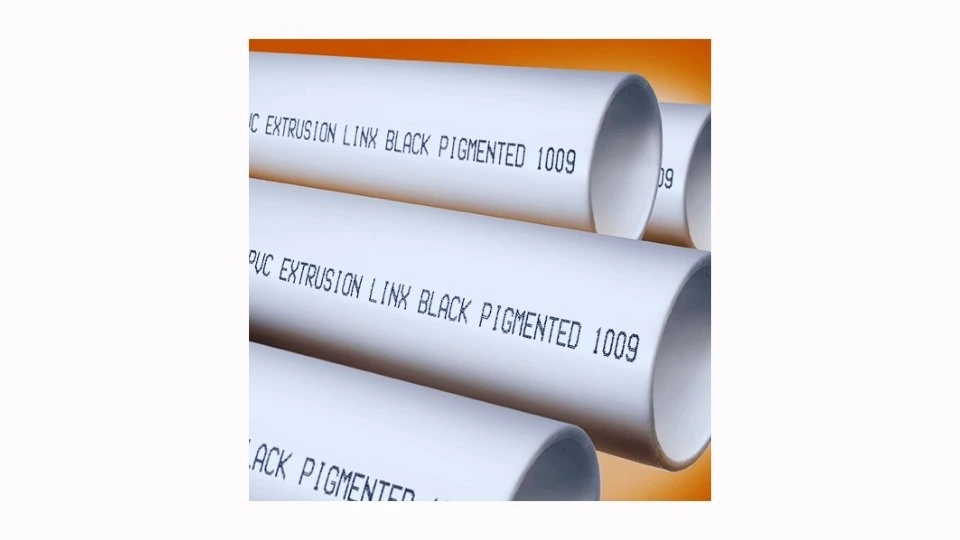
Plastic Pipe Laser Marked
The production details, along with branding information and batch numbers, are laser-marked directly onto concrete stone tiles and materials for traceability and quality control purposes.
Home Appliances and Consumer Goods
Laser marked brand names, model numbers, and specifications can be found on household appliances, kitchen equipment, and electronic devices because they improve durability and simplify identification.
Art and Creative Industries
Artists together with designers implement laser marking for beautifying handmade creations, personalized artwork, and custom-made presents. The technique confers a distinct personality to creative projects.
Applications of Laser Engraving
Laser engraving serves different industries by creating permanent, accurate markings on various material surfaces. Below are some common applications:
Personalization and Customization
Because of its suitability, laser engraving suits creators who want to personalize jewelry, gifts, trophies, and accessories. Besides, it produces permanent marks by writing names and dates with laser engraving logo and designs on metal, glass, and wood surfaces. Time leaves no detrimental effects on the engraving.
Product Branding and Identification
Product logos and serial numbers, together with batch codes, receive their permanent markings through laser engraving technology. Main product features such as brand recognition and product traceability benefit from laser engraved markings alongside their protection against counterfeits. The marks stay intact even with wear and tear.
Signage and Advertising
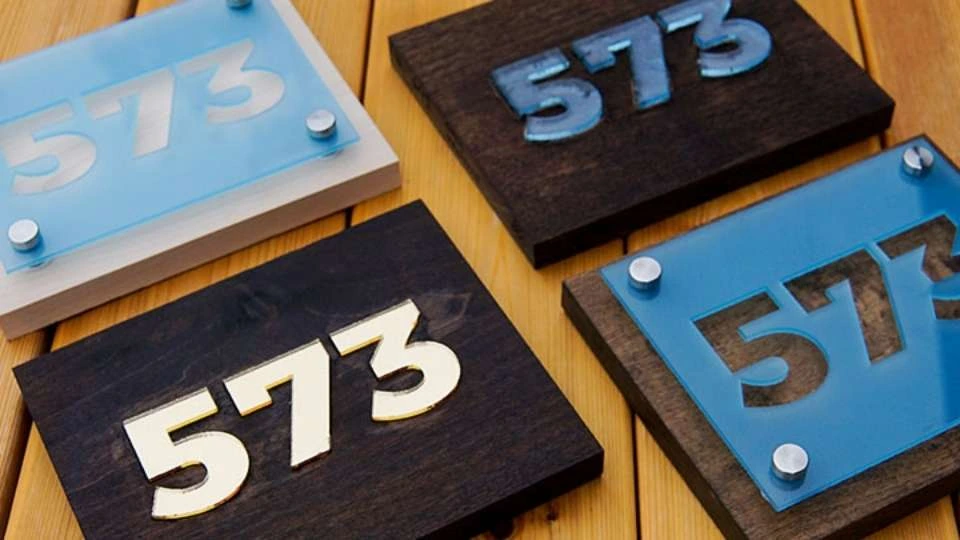
Signage Part Laser Engraved
The laser equipment enables manufacturers to produce professional signage together with plaques and advertising materials. The process confirms businesses to deliver complex designs and wordings on diverse materials including metal, wood, and acrylic, thereby creating ideal professional signage.
Art and Design
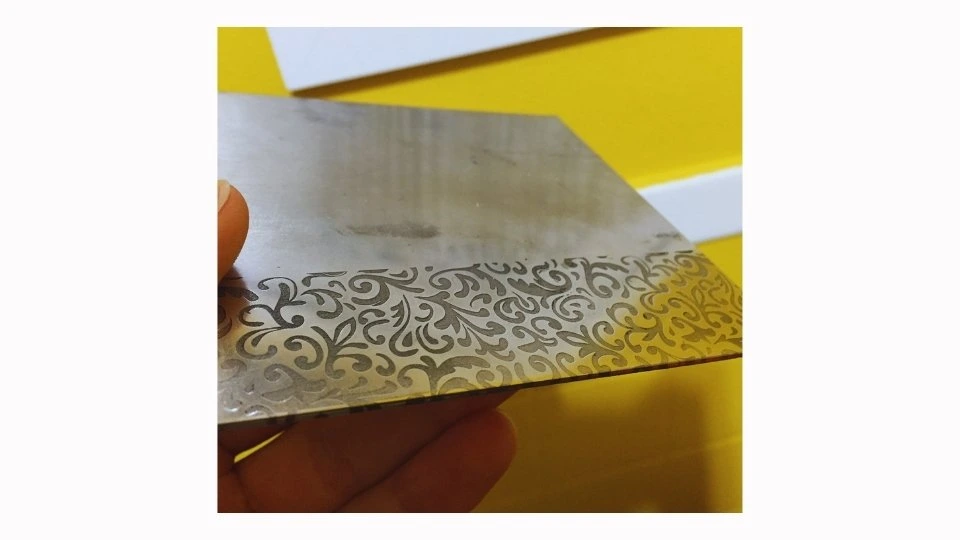
Fiber Sheet Laser Engraved
Laser engraving allows artists to create unique, hard-to-make patterns together with relief artwork and sculptures. The ability to work at high precision on wood, metal and acrylic materials through engraving technology makes it vital for artistic and design work.
Electronic and Medical Equipment
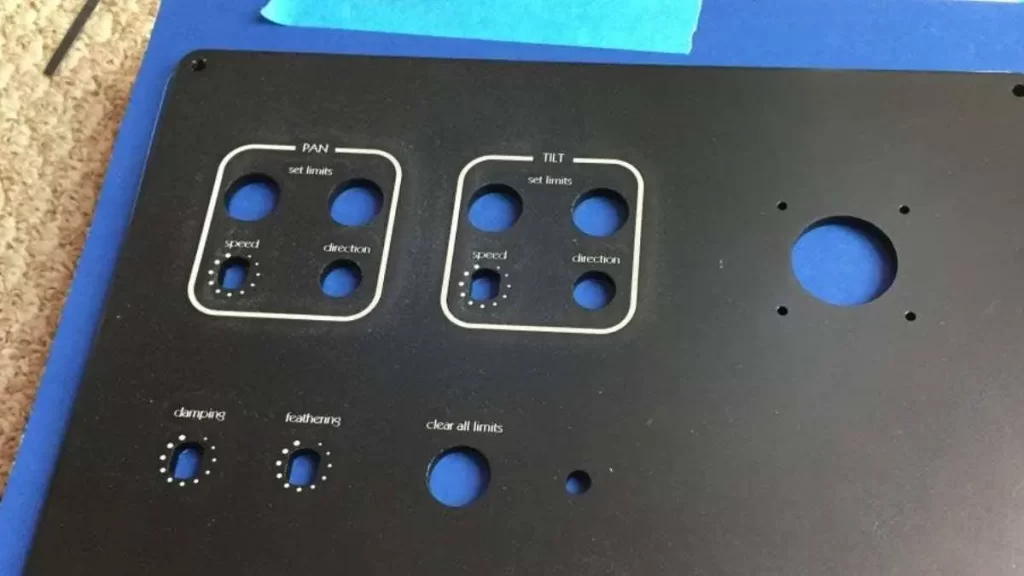
Laser Engraved Electronic Equipment Panel
The procedure of laser engraving encompasses the permanent marking of electronic devices and medical equipment through serial number identification and technical documentation display. The markings function as permanent readable marks, even under harsh circumstances.
Aerospace and Automotive
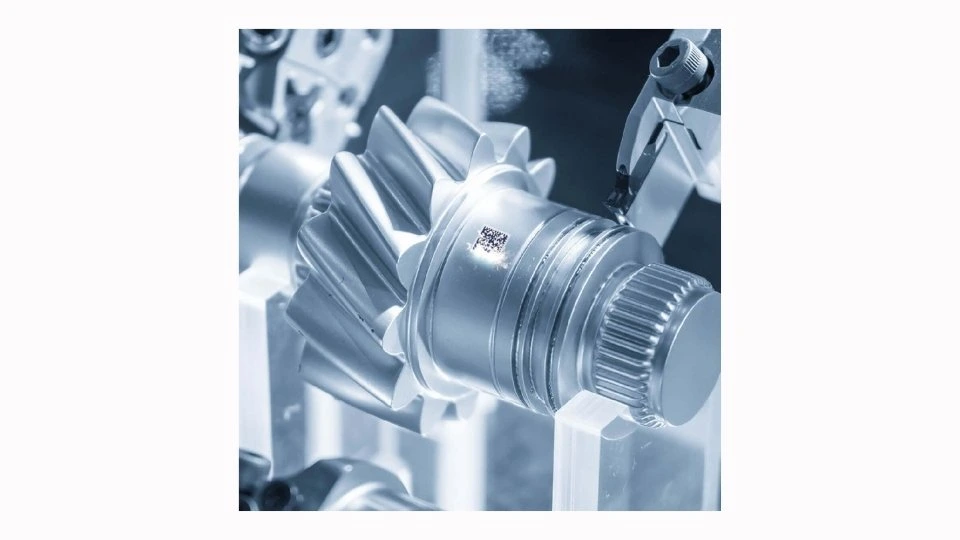
Laser Engraved Aircraft Component
Laser engraving operations within the aerospace and automotive sectors concentrate on marking essential items, including engine parts and chassis. Quality control requirements, together with identification and traceability functions, can be established by laser marking because these features are crucial for safety and performance assessments.
Woodworking and Crafts
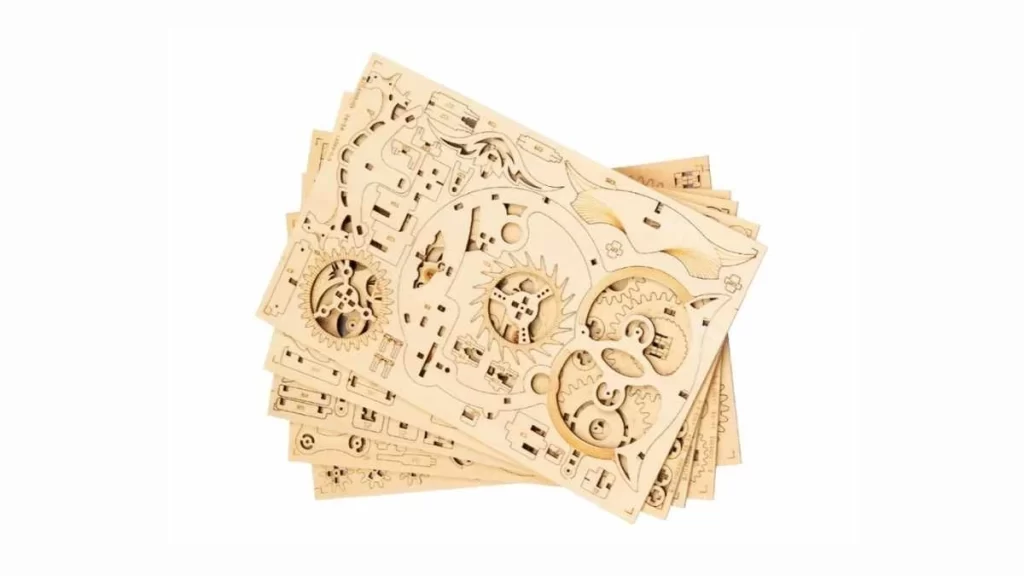
Artistical Wood Laser Engraved
Woodworkers and artisans apply laser engraving techniques to produce elaborate patterns and surface textures. They apply to wood as well as leather materials together with paper and fabric products. Besides, the technology allows users to exact specific details in creating custom-made objects with complex patterns.
Architectural Models
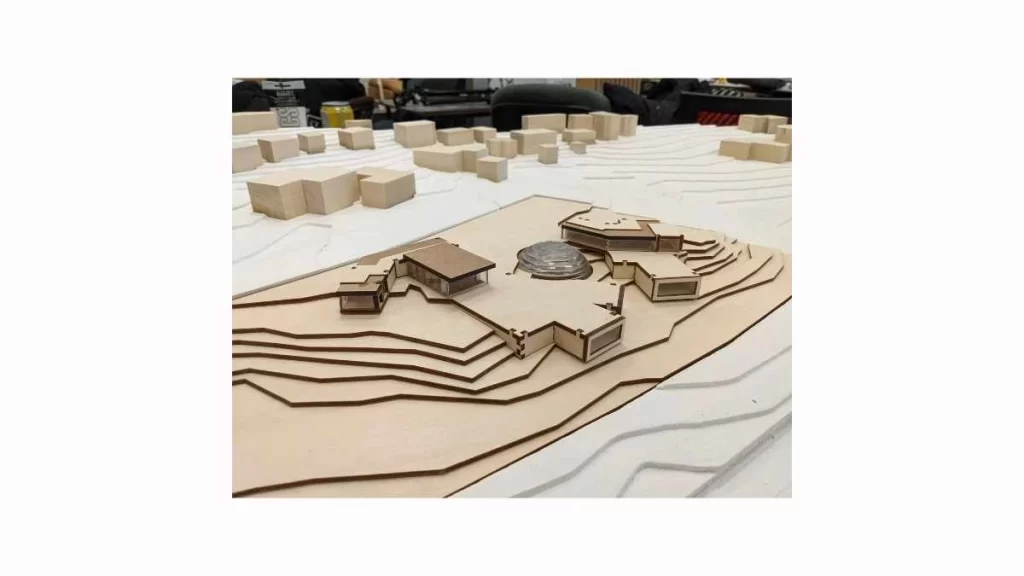
Architectural Model Laser Engraved
Through laser engraving, it becomes possible to generate detailed architectural models. You can permanently carve sophisticated details into small-sized architectural prototypes contributing to precise building plans.
Learn More About Laser Marking and Engraving from Prolean Tech
Looking for more insights on laser marking and engraving? Reach out to the experts at Prolean Tech! As a leading provider of laser marking, etching, and laser engraving service, we are here to answer any questions you may have about these advanced processes. For more information on our laser capabilities or to collaborate on your next project, contact us today and request a quote.
FAQ’s
Q1: What is the main difference between laser marking and laser engraving?
Laser marking places legible information and alters the surface color without removing material. In contrast, laser engraving removes material to create a deeper mark.
Q2: Is laser engraving more expensive than laser marking?
Yes, laser engraving is costlier due to the additional time, power, and material removal required for deeper marks.
Q3: Can laser engraving be used for all materials?
No, laser engraving works best on materials that absorb laser energy, like wood and certain metals, but not on highly reflective materials.
Q4: What materials are best suited for laser marking?
Laser marking is effective on metals, plastics, ceramics, and glass, providing high-contrast marks without damaging the surface.
Q5: Can I request custom laser engraving for my project?
Yes, at Prolean Tech, custom laser engraving is available for unique designs, logos, and text intended for your project’s needs.
Q6: Can laser marking be used for high-volume production?
Yes, laser marking is fast and efficient, making it exclusive for high-volume production with consistent results.

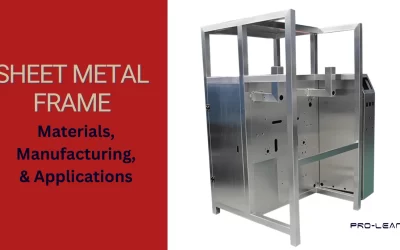
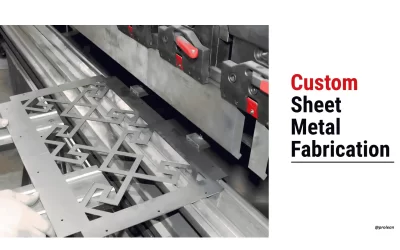

0 Comments